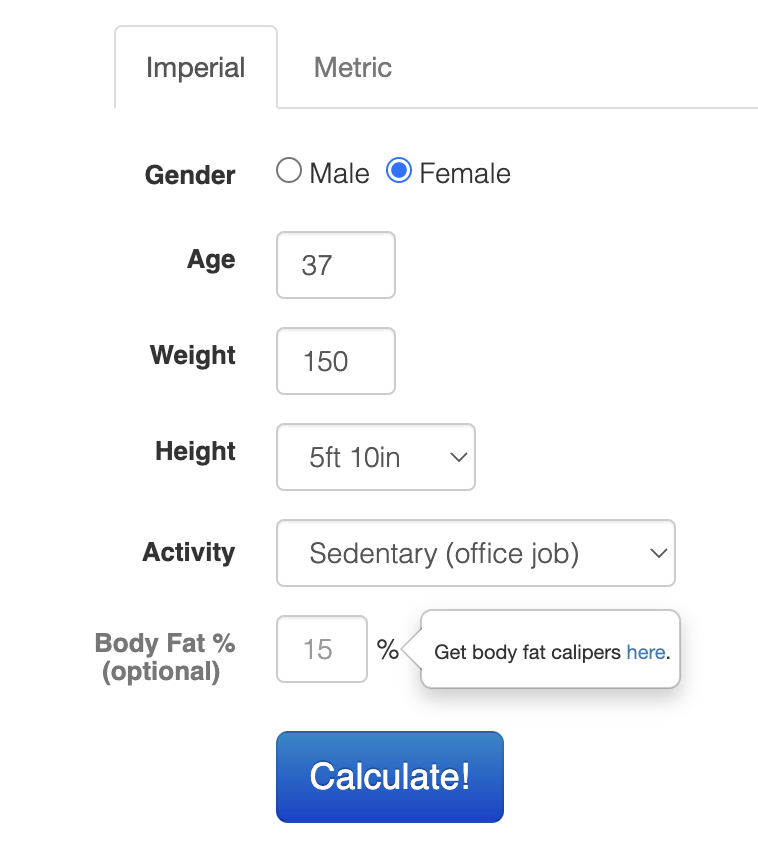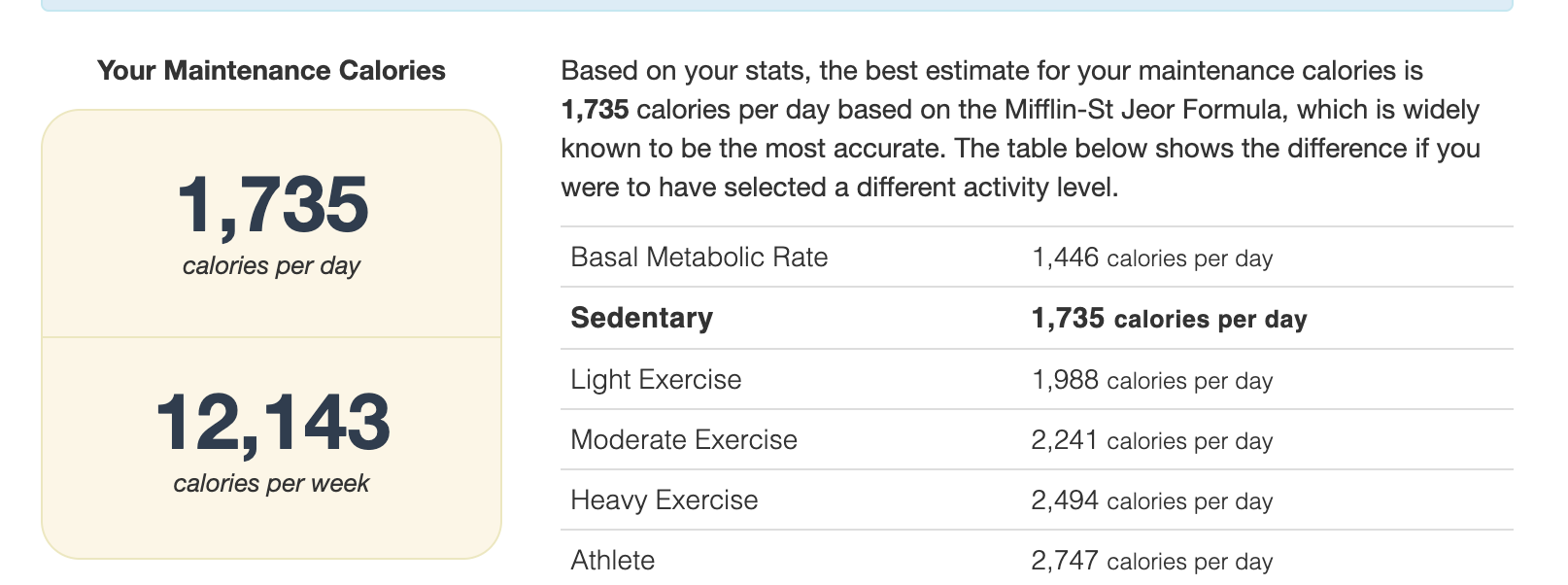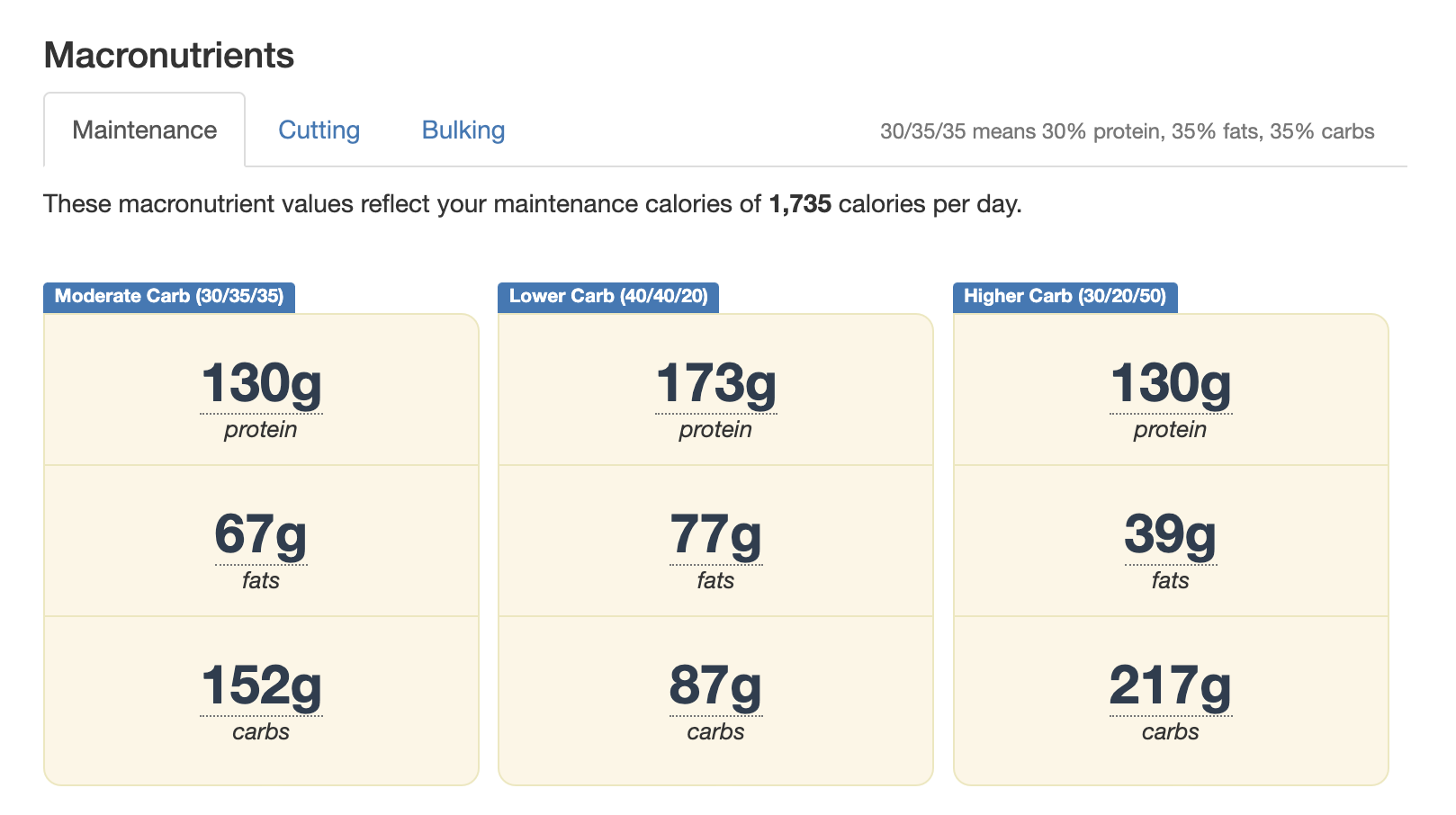Our Nutrition Approach Step 1: Assessing Your Daily Nutrition Intake
When it comes to setting and achieving nutrition goals, whether it's losing weight, gaining muscle, or maintaining a healthy lifestyle, understanding your Total Daily Energy Expenditure (TDEE) is crucial. A TDEE calculator is a valuable tool that helps in estimating the amount of energy (calories) you burn in a day. Here's a guide on how to use a TDEE calculator and why it's important for setting nutrition goals.
What is TDEE?
Total Daily Energy Expenditure (TDEE) is the total number of calories your body burns in a day. It includes calories burned through basic bodily functions (Basal Metabolic Rate, or BMR), physical activity, and the energy used in digesting food (Thermic Effect of Food). Knowing your TDEE is a step in creating a nutrition plan that aligns with your level of activity. As valuable at this information can be, keep in mind it is JUST a calculator. Our bodies are not calculators and it is important to listen to the feedback your body gives you when working on your nutrition. These calculations are just a starting point, a way to gain some objective measures, especially to help those who may be under eating without realizing it and it is keeping them from gaining muscle or obtaining the level of energy they desire.
How to Use a TDEE Calculator
1. Find a Reliable TDEE Calculator: There are numerous online TDEE calculators. Choose one from a reputable source, ideally one that asks for detailed information for accuracy. I use THIS one.
2. Enter Your Information: You'll typically need to input your age, gender, weight, height, and activity level. Be as accurate as possible, especially with your activity level, which can significantly affect the calculation. The one I linked above does ask for Body Fat %, but I do not utilize that feature. I also will utilize the sedentary activity level to give people an idea of where at a MINIMUM they should be.
3. Understanding the Results: The calculator will provide an estimate of your daily calorie expenditure. This number is a starting point for planning your nutrition.
4. Adjust According to Your Goals:
Compare you TDEE calculations with your current daily intake. I recommend using MyFitnessPal to track a normal day to get an idea of where you are at and see how close you are to your TDEE. This is where working with a nutrition professional can be helpful in understanding how to reach your goals if your calculations are no well aligned. This may look like a calorie deficit or excess. This may also look like a spot on calorie intake, but the macros (protein, fat, and carbohydrates) are not well balanced.
A TDEE calculator is a powerful tool in your nutrition planning arsenal. It helps in tailoring your diet to your specific needs and goals, making your journey towards better health and fitness more efficient and effective. Remember, the calculated TDEE is an estimate and might need adjustments based on real-world results. Listen to your body, and don't hesitate to consult with a nutrition profession to help with your specific situation.




